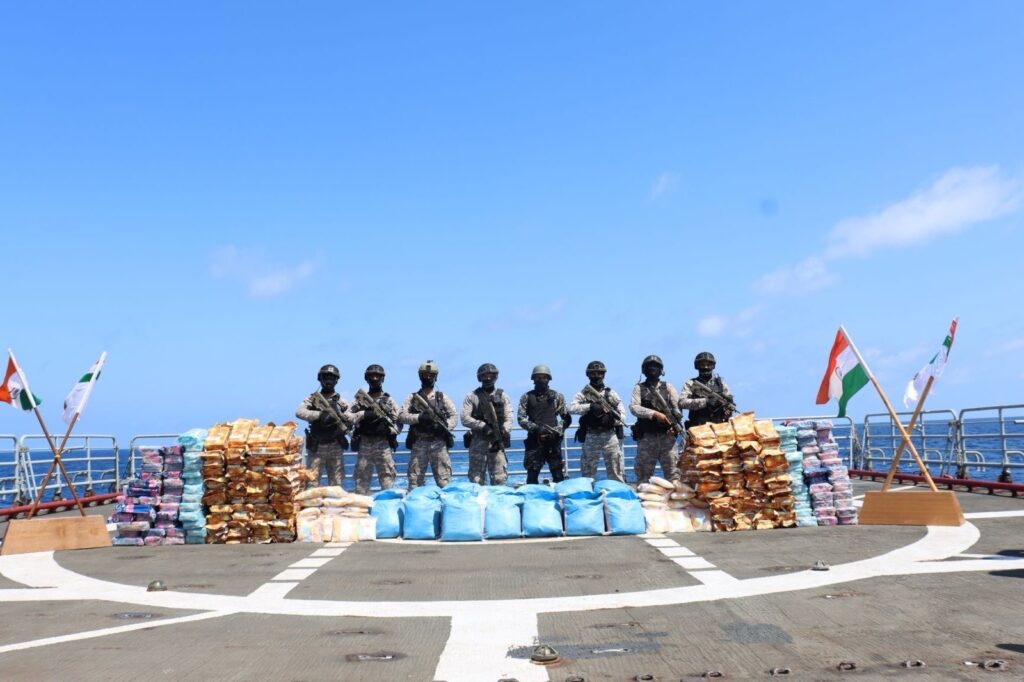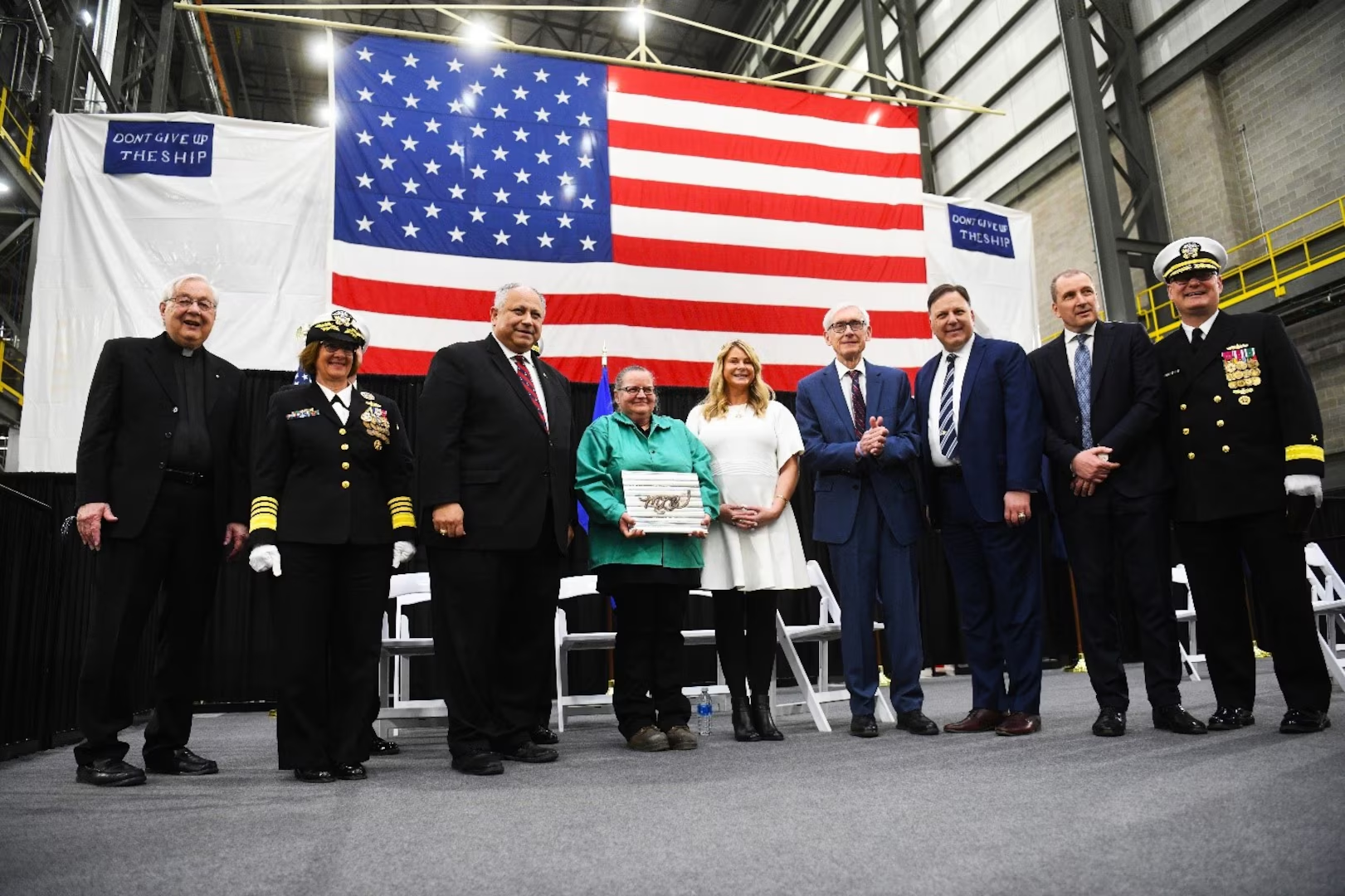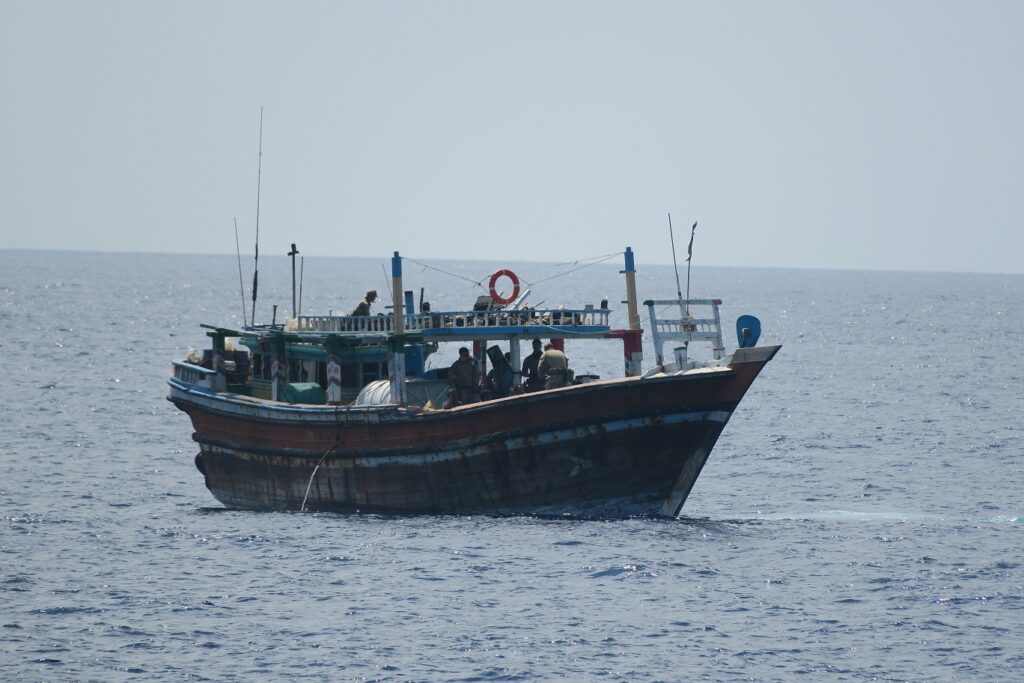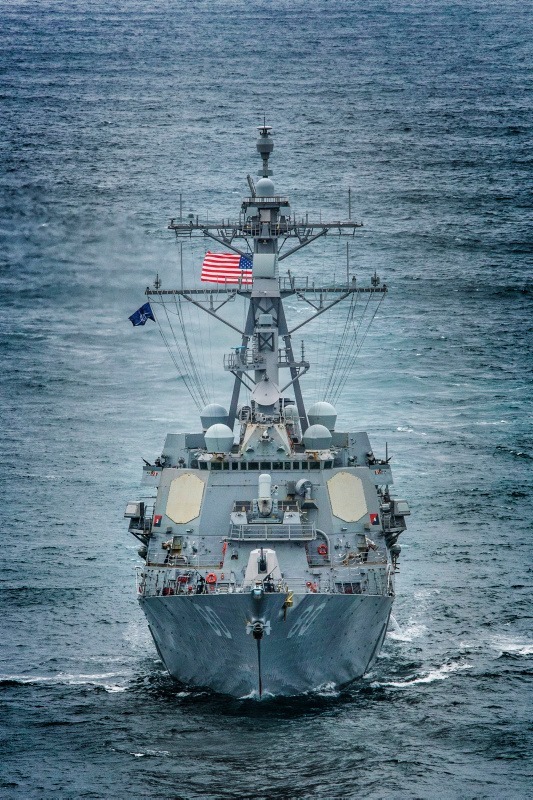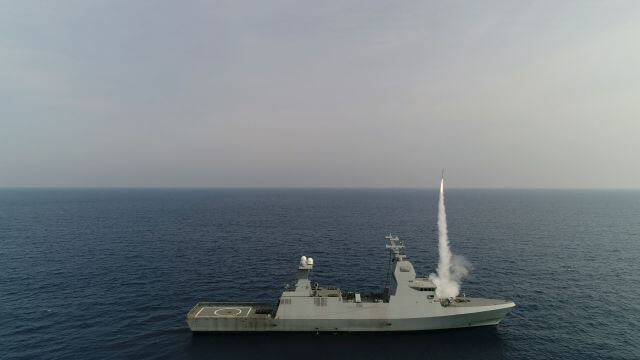CORAS Rolls Out Early Release of Driver Trees Tool

April 17, 2024
Responding to U.S. Navy’s Agenda for Performance-based Management, Decision-Making, and Readiness
MCLEAN, Va., April 17, 2024 (Newswire.com) – CORAS Federal, a FedRAMP High Software as a Service (SaaS) platform, announced an early release of a Driver Trees feature that adds to its suite of enterprise decision management tools. Driver Trees are a performance-based management process that identifies root causes and the most impactful way of pushing efficient progress and resolution, incorporating the U.S. Navy’s (USN) Get Real Get Better and Performance to Plan (P2P).
CORAS Driver Trees are already at work within the USN supporting Program Managers in their “hunt for leverage”, using metrics and cause-and-effect relationships to predict future performance and determine the highest-capacity drivers of those metrics. CORAS Driver Trees empower users to identify baseline conditions, align workflows to key performance indicators (KPIs), predict future outcomes, and promote clear ownership and accountability within teams.
“U.S. Navy departments already trust CORAS to deliver complete insights, informed decisions, proactive collaboration, and a single source of truth across complex multi-system secure environments,” said CORAS President and CTO Dan Naselius. “The CORAS Driver Trees tool is a direct result of listening to our U.S. Navy customers’ needs and delivering them another weapon in our arsenal for DoD defense systems that articulates clear objectives, outcomes, drivers, and data-informed analyses. This tool will keep evolving as we continue to collaborate and refine CORAS Driver Trees’ functionality through customer feedback.”
USN Vice Admiral Morley recently presented a leadership masterclass on Program Management and Driver Trees with an agenda of understanding how to leverage tools like driver trees to align team accountability and deliver positive delta outcomes in USN acquisition environments. CORAS supports the warfighter by bringing disparate data sources together in secure, real-time environments for leadership to make fully informed decisions with live reporting, predictive AI/NLP, what-if scenarios, automations, and workflows.

